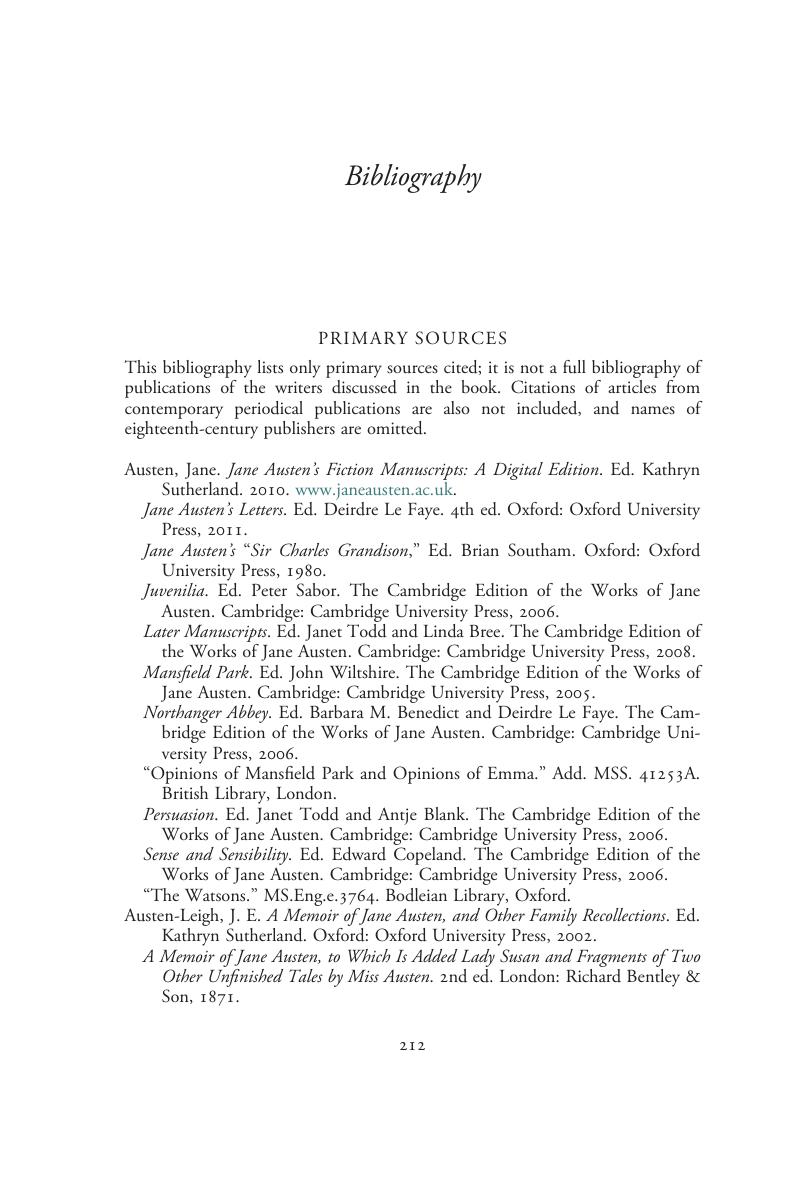Book contents
Bibliography
Published online by Cambridge University Press: 19 August 2019
Summary

- Type
- Chapter
- Information
- Revising the Eighteenth-Century NovelAuthorship from Manuscript to Print, pp. 212 - 225Publisher: Cambridge University PressPrint publication year: 2019

